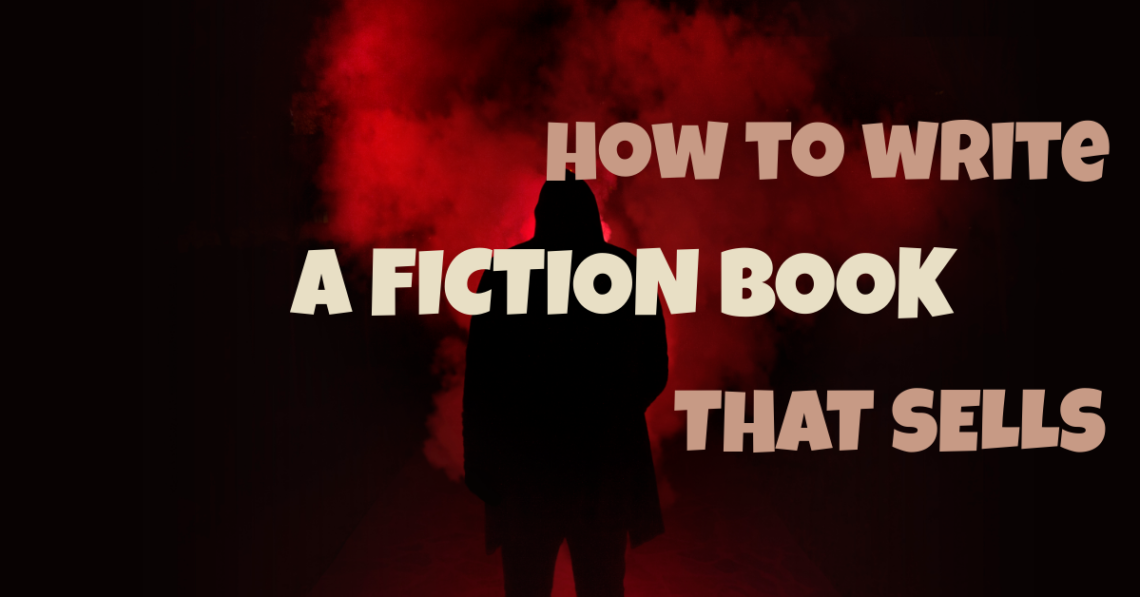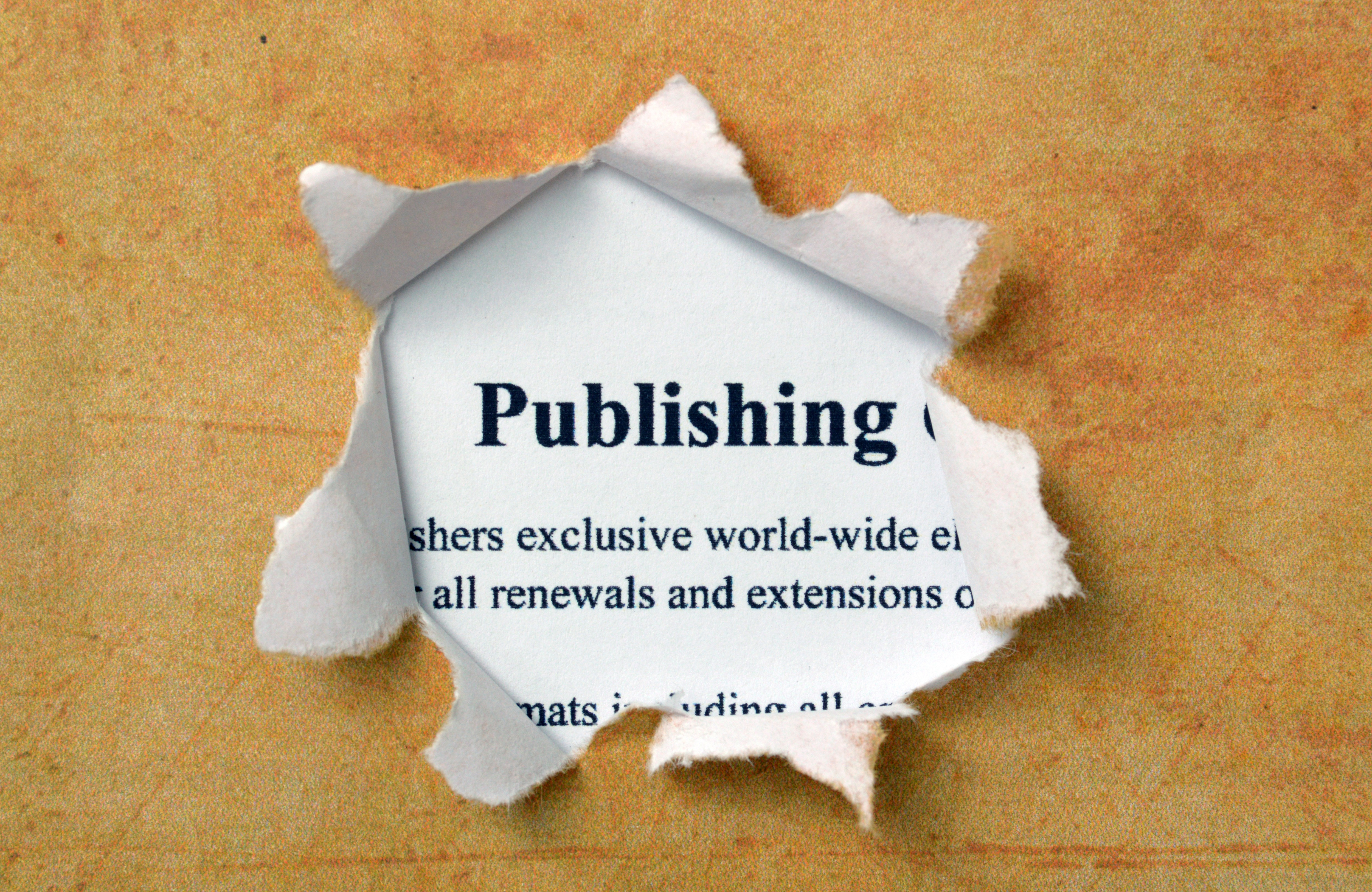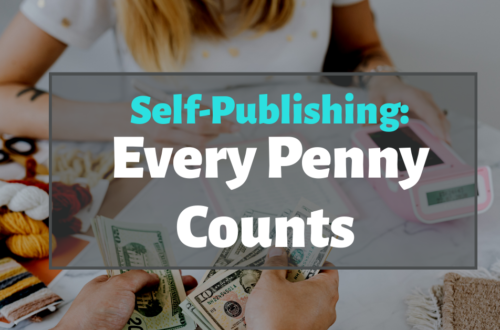
How to Write a Fiction Book That Sells
How to write a fiction book that sells? We’re glad you asked. This article looks at developing ideas and inspiration for writing your short story or novel to help make successful authors. It’s our goal to help you find a book idea and begin writing so that you can get those book sales! Yes, some authors want to write a book with the sole goal of providing valuable content. However, many authors are interested in making money. It’s their dream to sell millions of copies of their book to make more money.
This information is beneficial whether you are a new writer or an experienced one. Do you want to know a secret? There is no magic bullet. Before you even start the writing process, everything from the beginning until the end starts with creativity. The more creative thinking you put into developing a book idea, the better chance it has to be successful as a completed work. Yes, creative thinking does lead to creative writing. You may have heard other writers talk about ‘following their bliss’ – chasing what makes them happy in life without regard for practicality or financial rewards. It’s one thing to write a few words or sentences for your own enjoyment, but quite another to sit down and write something that will sell well enough for you to get paid!
The process to write books that sell is the same; however, it starts with creativity and ends when readers purchase your work. It can be broken into five main phases: idea generation (including inspiration), content creation, editing and proofreading your work, publishing, and marketing your finished book.
But first, before we get into anything else, let’s talk about idea generation.

Phase one: Idea Generation
Ideas are the lifeblood of your book. Without ideas, you’ve got nothing to write about. And without good ideas, your writing will lack depth and meaning, which will limit its appeal to readers. You must decide who your target audience will be to generate ideas for that group. It’s not easy coming up with good ideas all the time – but it is possible if you know how!
For short stories, this can be as simple as coming up with a few interesting ideas and then getting right down to putting them together on paper (or screen). At some point, you’ll probably want to flesh out your idea by adding more details like characters, settings, dialogue, or subplots. This will help move things along if it starts feeling slow. For novels, however – that will require many pages of text before even getting to that first draft!
Many people want to write a book, but they don’t know what to write about. The best way to find ideas for writing your fiction book is by exploring the genre you like and picking out some of the most popular books in it.
The more research you do into that genre, the better chance you will find something that hasn’t been written before and has potential for success. If there’s nothing new or compelling on offer in your chosen genre, then maybe it’s time to look elsewhere. Or perhaps try your hand at another type of work altogether.
There are many different types of genres within the literature, such as crime novels, romance novels, sci-fi/fantasy novels – so be sure not to limit yourself too much.

Phase Two: Content Creation
The second phase is writing the actual content. Fiction books can be a great way to get your voice out there and build a readership – but if you don’t have the right tools, inspiration, or structure – it will all go to waste. There are some simple ways in which you can find success with your fiction book:
- Have the confidence to keep writing until your story finds its rhythm.
- Understand what makes an engaging read.
- Know how to create characters that people care about.
- Learn all of this then apply it throughout every chapter and scene.
- Create tension on every page so that they want more when they reach ‘the end.’
Here are eleven steps to come up with great content for your book:
- Start With ‘What If?’ – ask yourself one question at a time like, “What if I had all my wishes granted?”
- Tell the Story You Want to Hear – this means writing what entertains you rather than what will sell. If you like it, chances are others will, too.
- Let It Flow – don’t edit while you write; just get the words down on paper to create that first draft.
- Know the Rules – but don’t let them stifle your creativity.
- Give Yourself a Deadline – this helps you stay focused and keep motivated.
- Find Your Tribe – get feedback, advice, and support from other writers.
- Stop Procrastinating – this means turning off your TV, getting out of bed early, and being committed to finishing what you start.
- Be Persistent – it’s a tough business, so don’t give up.
- Be Consistent – turn writing into a daily habit.
- Don’t Compare Yourself to Others – everyone has their own unique journey.
- Keep Writing – Never give up.
Blogging is a great way to start your journey into writing fiction by learning how to build an audience. You can use that fanbase later when it comes time to market and sell books. Plus, blogging will help hone your craft with all of those inevitable mistakes. We highly recommend starting right now! Trust us – there are no rules or limits here other than what you impose on yourself.

Phase Three: Editing and Proofreading Your Work
The third phase is editing. This is especially important with self-published books as you are solely responsible for this step. This is where you’ll go through your writing, fix any grammar, spelling, or punctuation errors, clean up the prose, organize sentences into paragraphs, etc. You can do a preliminary edit with your preferred editing software; however, a professional editor is important when self-publishing a book. Trust us; this is some of the best advice we can give.
A professional editor can help you with grammar, spelling, punctuation errors, clean up the prose, organize sentences into paragraphs, etc. There are many reasons why it is best to solicit the aid of an editor. It will make your writing more marketable and easier to read. An editor will save you time in making corrections that could be fixed before publication. If they find errors that cannot be corrected (i.e., plot holes), they can tell you how to fix them before they become discoveries for readers or reviewers. It’s horrible for a published author to get negative reviews because of the lack of editing. We’ve seen books with stellar storylines get a one-star review because of poor editing. Don’t let this happen to you.
Once everything looks good – then it’s time for one last look over your text before publishing. This is the final check-up to ensure there are no typos, formatting errors, or confusing wording. It’s also a great idea to get the help of a few beta readers.
A beta reader (or test reader) reads your book and provides feedback before publishing it. This helps to ensure that your story flows well, has no plot holes, and will be enjoyable for others to read. Beta reading also allows the author to improve their writing abilities by receiving constructive criticism from someone who isn’t as close or invested in the story. The name “beta” comes from software testing; when new versions of computer programs are released, they’re often called “beta releases.” Like with software, writers hope that readers find defects and bugs to fix these problems before publishing. Most authors want their work to be perfect before releasing it into the world – but that’s impossible to do on their own.
How can you find a beta reader? The best way is through your friends and family who are already familiar with your writing style, but if none of them seem interested or cannot provide useful feedback, try a website like Scribophile, where thousands of people are willing to read anything for free! Yes, it’s true! You don’t have to pay anyone when looking for someone to beta read your book! There might be some trade involved (such as an Amazon gift card), but the platform itself doesn’t require any money upfront from either party. It could even end in becoming a long-term partnership because many relationships form between authors and readers. Try to find a specific audience familiar with your genre for best results.
Another source is a writing group or class. If there’s one in your area, then definitely take advantage of the opportunity to have others read your work and provide feedback. But if not, online groups are great too since they don’t require much time commitment from you (plus many offer free membership). To find an online group that matches what you’re looking for, join Facebook writer groups with thousands of members who answer any questions related to fiction book ideas. You might also consider joining some local meetup events so that you can join a discussion on the topic of writing and publishing.
Writing contests are also terrific because they provide an audience eager to read your work – all you have to do is submit! If there isn’t one in your area, check out what’s available online (it might be easier than you think!). Even if it doesn’t result in publication for money right away, having feedback from readers earlier can help make later versions that much better – which means less time spent revising before going live with your book!
Implementing valuable feedback from third-party readers will help you become a successful author.

Phase Four: Publish Your Book
The fourth phase is publishing. Once you’re done with the previous steps – then you’ll want to upload your writing into an eBook format (such as EPUB or Mobi), which can be read on just about any electronic device, including phones and tablets. You should also create a print version for those who prefer reading from paper; if not – simply publish it online. Finally, don’t forget to include links at the back of the book, so readers can leave reviews via Amazon, Facebook, or directly back at your website or blog posts!
You can use many sites to self-publish your own books, such as IngramSpark, Draft2Digital, and Amazon’s KDP. Some of these self-publishing services can help you get your printed books and eBooks into physical and online bookstores as well as local libraries.
It’s easy and fast to publish a book using self-publishing services like Amazon’s Kindle Direct Publishing (KDP). If you have a manuscript, just sign in to your account, click on “add a new title,” then fill out the information.
When selecting your publication date, be sure to choose a date far enough in the future so that there is plenty of time for people to find the book on Amazon before it becomes available for sale. This way, your book will have a chance at being successful. Once you’ve submitted all of this information, you will end up with a preview page that shows how your book will look once published on Amazon.com.
Authors may also decide to join Kindle Select. Kindle Select is a program offered by Amazon where authors can publish their books for free to promote them. In return, the author has to agree to make their eBook exclusive to Amazon’s Kindle Unlimited and not post it anywhere else online. This includes other ebook retailers such as Barnes & Noble or Apple’s iBookstore or posting it on blogs or social media sites like Facebook or Twitter. Authors who enroll in this program get paid for the number of pages read by the Kindle Unlimited subscription subscribers.

Phase Five: Market Your Masterpiece
Finally, the fifth phase is marketing your upcoming book. Many people may feel like marketing is an unnecessary step in the process. However, marketing your book will help it to reach a greater audience. That will, in turn, lead to more sales. The more marketing you do, the better your book positioning will be.
There are many different avenues where you can market your book in addition to online retailers like Amazon and Barnes & Noble. You can also join organizations that cater to writers of certain genres like the Authors Guild or Independent Publishers Association, which will help you reach new audiences who might be interested in reading your fiction novel.
Lastly, you can invest some money into marketing by purchasing additional advertisements on sites like Google Adwords or Facebook Ads or providing copies of your book as prizes for a giveaway sponsored by you and hosted on other websites. These marketing strategies will make sure that no matter which path your book takes, it will be seen by more readers. Use these marketing tools, and you’ll be selling books in no time.

In Conclusion:
The best fiction book ideas are the ones that cause readers to feel something. Whether it’s your first book or third book, if you want your book to sell, it has to be able to generate an emotional response in its audience. That might mean writing a story about love and loss or creating a plot twist that no one saw coming. Whatever you decide, make sure it’s original and compelling enough for people who read books of this genre all the time.
This article has given you plenty of advice on getting started with writing fiction that sells, so there’s no excuse not to start today. Use the tips mentioned above to get started, and then let your imagination take over to write a book that sells today.
Thank you for taking the time to read this article—bonus points for making it to the end. If you are interested in reading more about writing a fiction book that sells, you can access our other blog posts here. Let us know what you think about our suggestions in the comments below. Happy writing!




